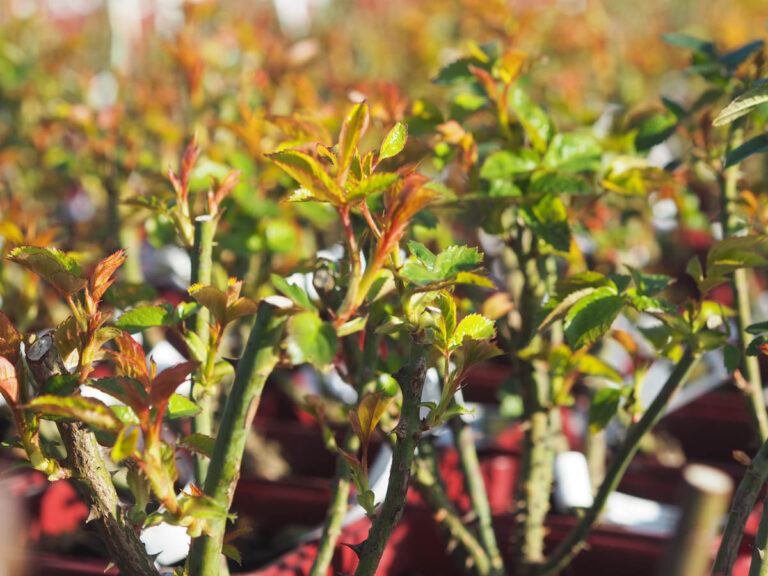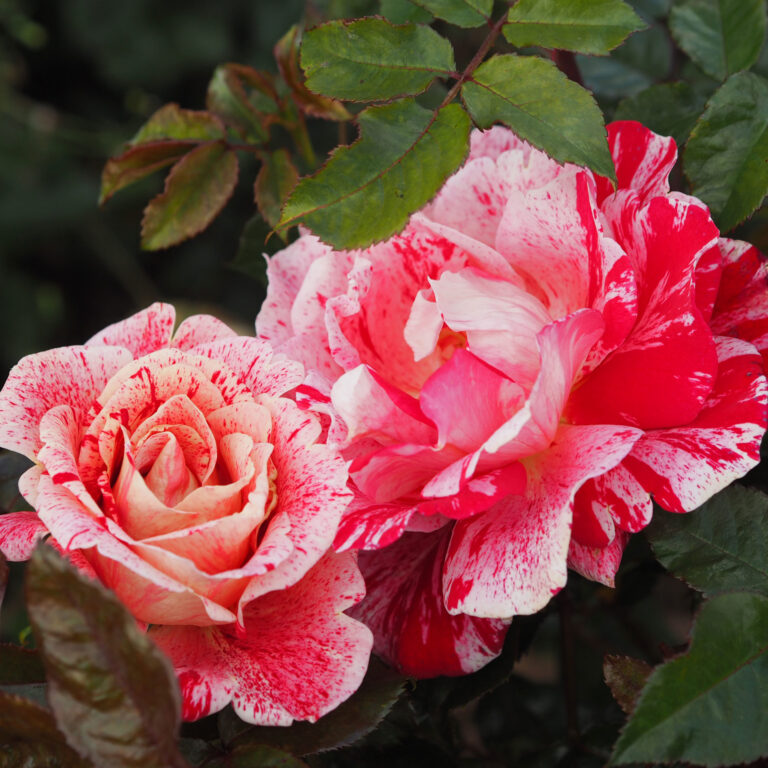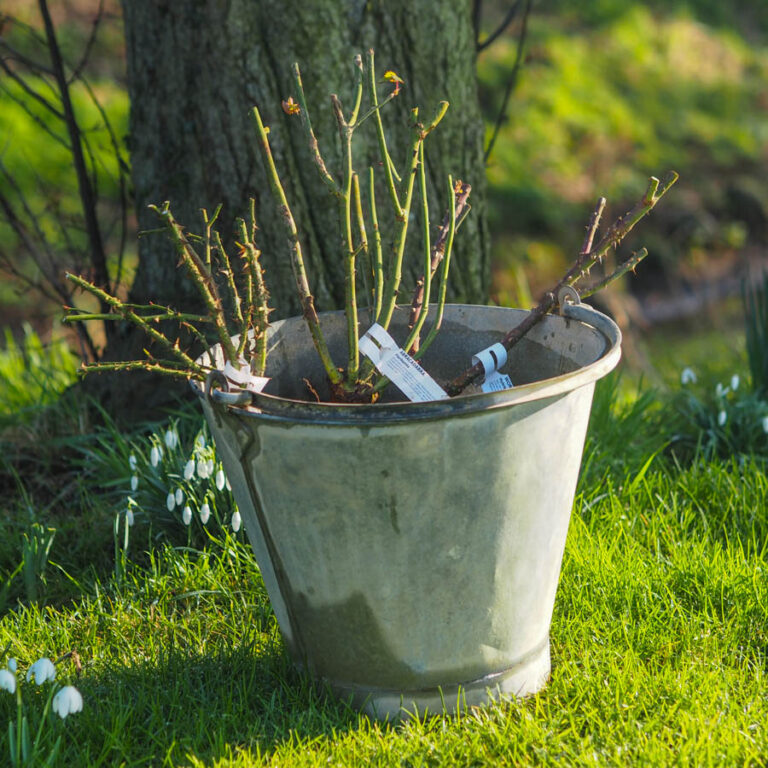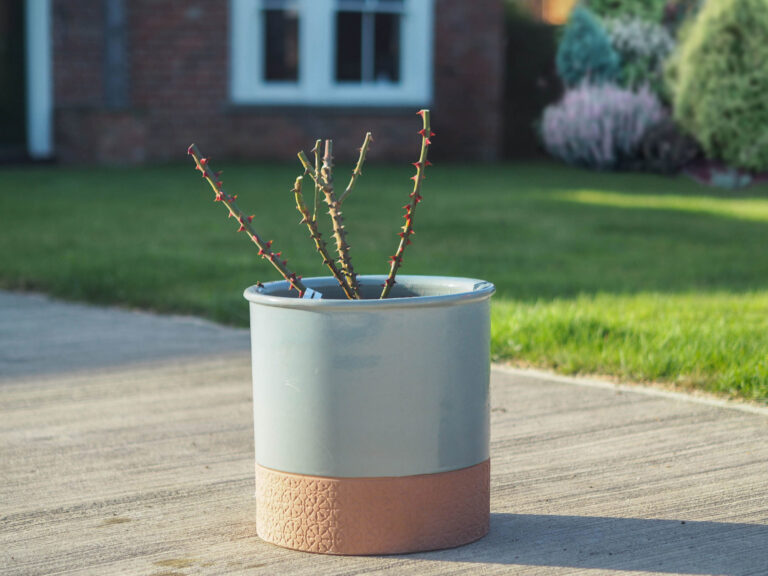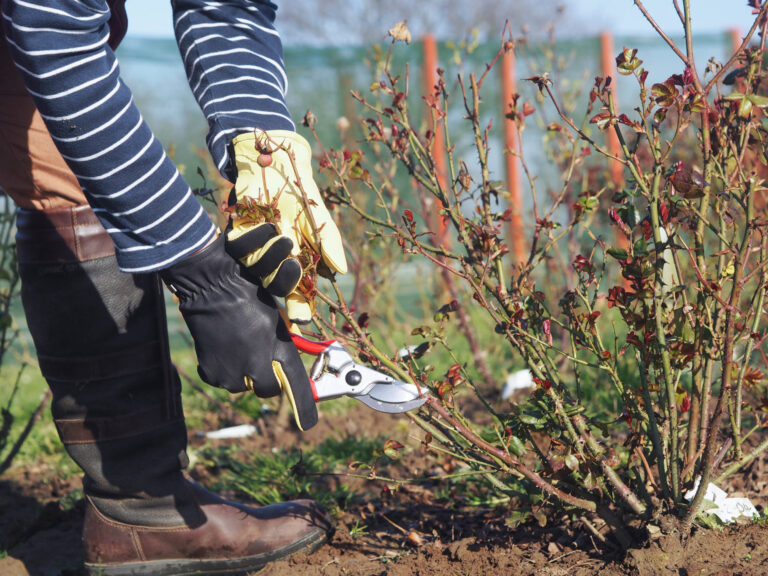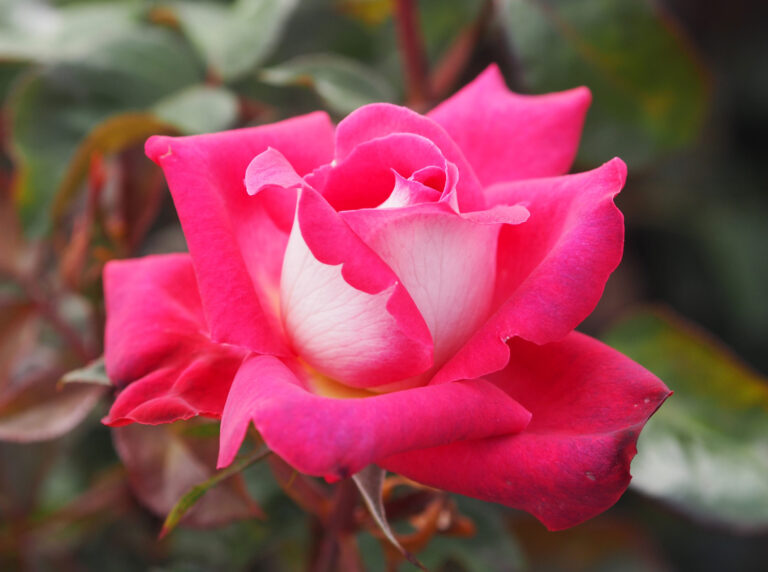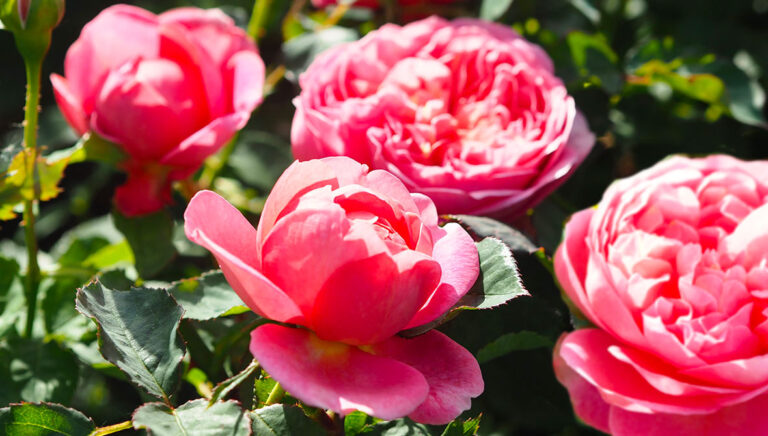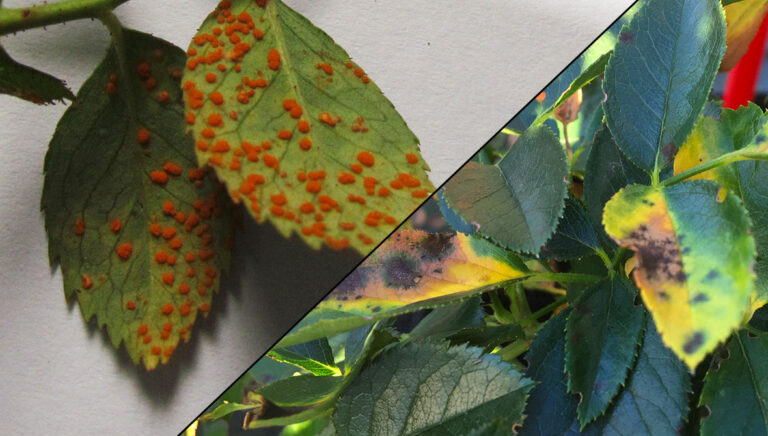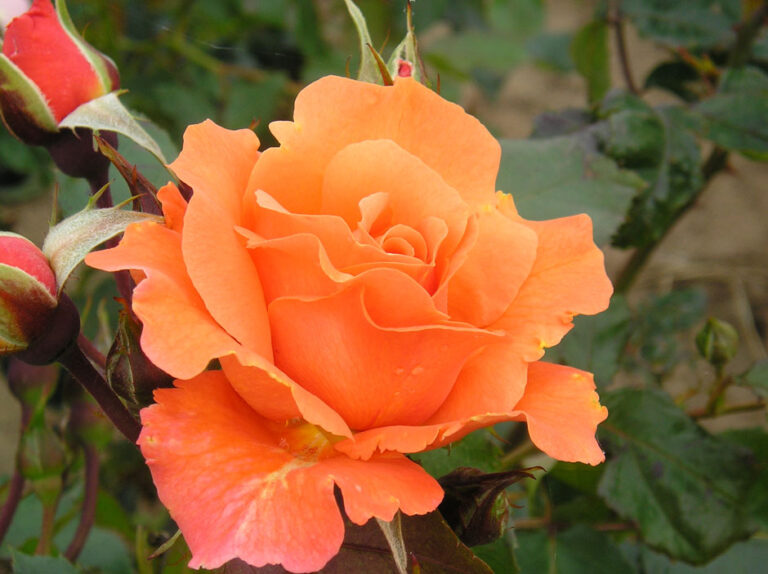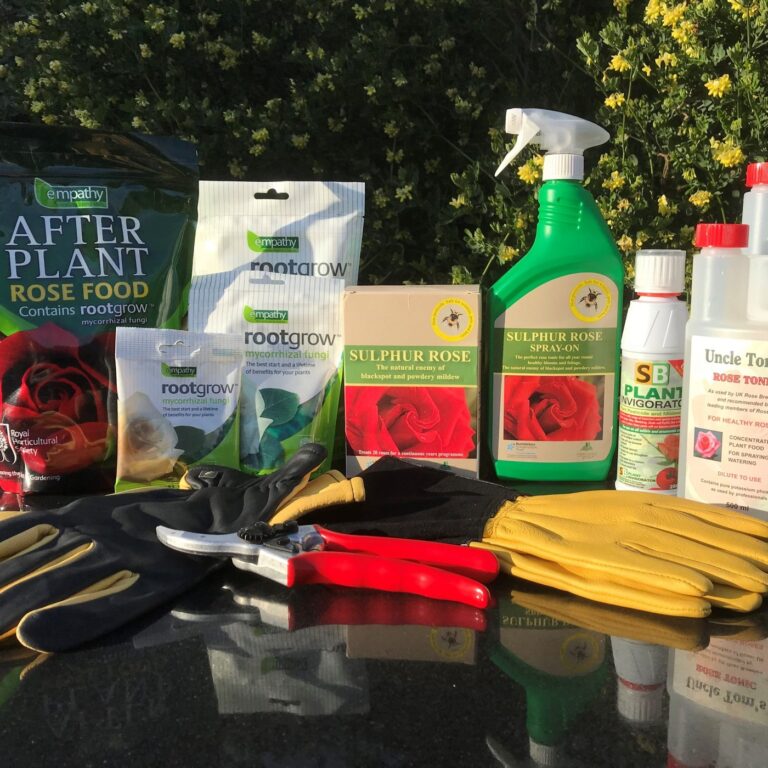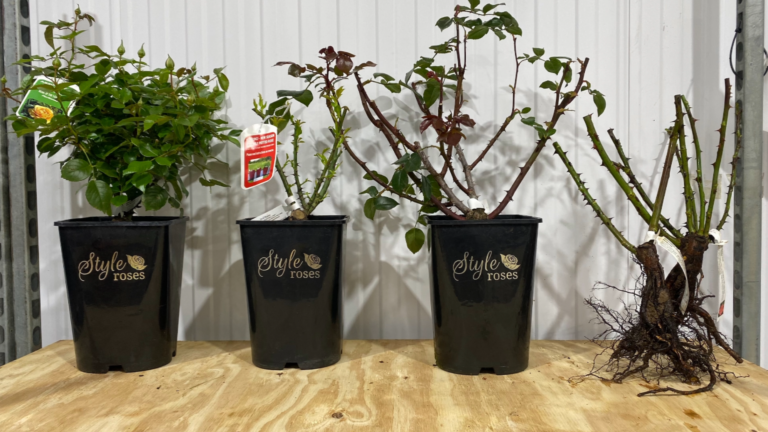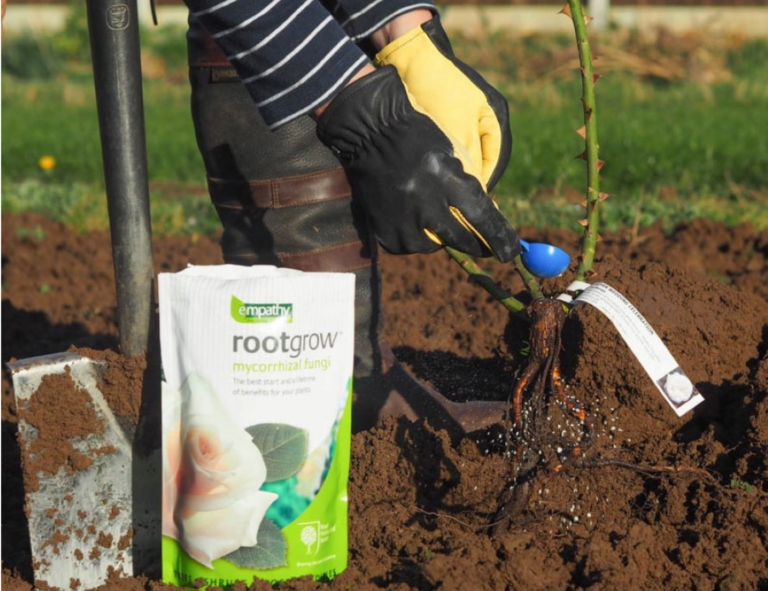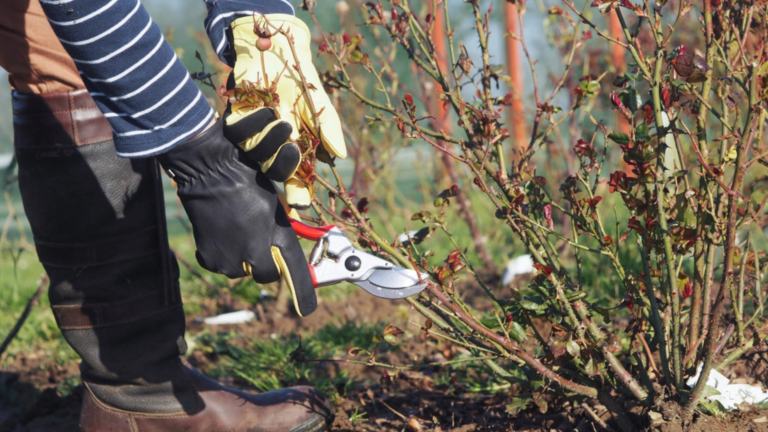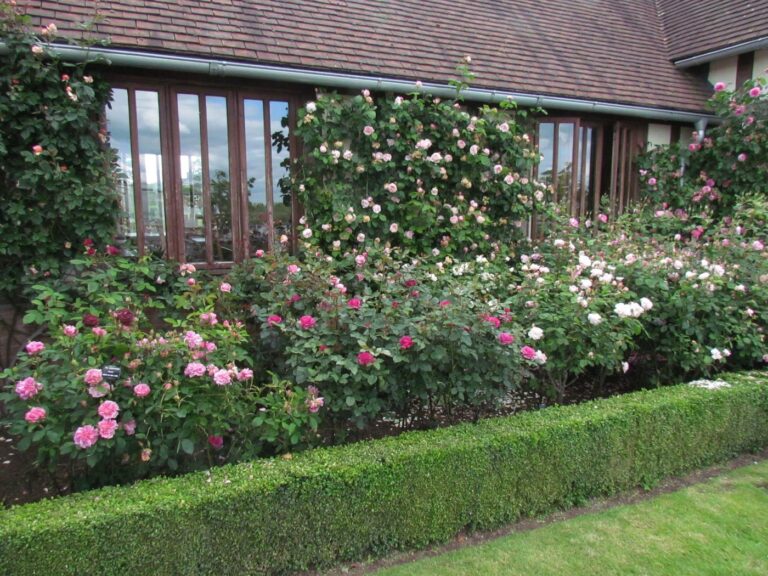Rose Care
Modern garden roses are very easy to grow and care for and once established will give you many years of pleasure, they also make great container plants allowing you to have a beautiful display of rose blooms in any sunny part of your garden.
Take a look through our helpful rose care tip pages below that will answer all of your questions and guide you through everything you need to know about receiving, planting, growing and general aftercare of garden roses throughout the gardening year.
Follow us on social media

